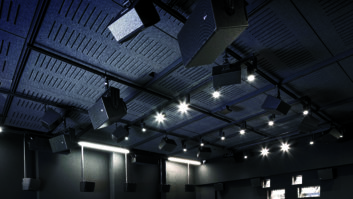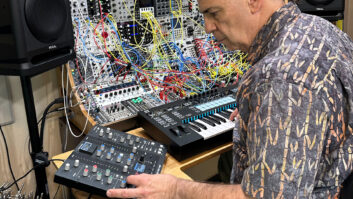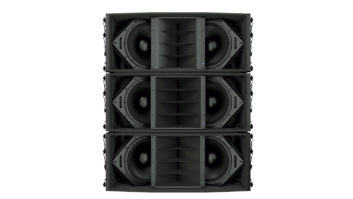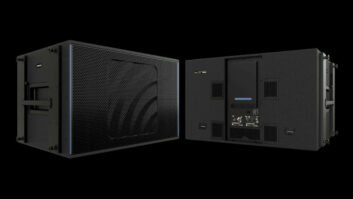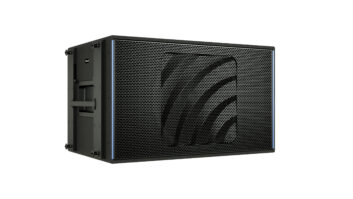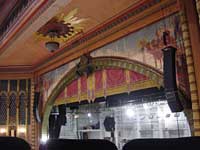
Los Angeles’ Shrine Auditorium recently underwent a $15 million renovation, which added state-of-the-art audio and production systems. However, the shape of the Shrine is atypical, making the sound system requirements unusual, according to Shrine general manager Duke Collister. In the end, the Shrine determined that Meyer Sound’s more compact M Series models, MICA™ and M1D, were the perfect fit for the room.
“This is a very wide room, with a stage measuring 105 feet at the proscenium,” he notes. “We seat over 6,000 people, comparable to the Greek Theatre and the Gibson Amphitheatre, formerly known as the Universal Amphitheatre [both located in the Los Angeles area]. But whereas in those venues, the throw to the rear seats is around 600 feet; here, it’s only 209 feet. Where a typical line array is fine for most venues, it’s simply too much intensity for this room.”
Collister worked with audio consultants Jack Haffamier of Complete Production Rentals and Joe Hesse of MSS Audio Services to configure a system centered on Meyer Sound’s MICA compact high-power curvilinear array loudspeaker. Two arrays of 16 MICA cabinets each are angled inward slightly from the sides of the proscenium, augmented by a pair of center arrays of 10 M1D ultra-compact curvilinear array loudspeakers each. Eight M1D cabinets are mounted under the stage lip for frontfill, and 18 more M1D units provide ample coverage under the balcony. Eight 700-HP ultrahigh-power subwoofers handle low frequencies, while two Galileo loudspeaker management systems provide processing and drive for the system.
“Larger line arrays are geared to go a long distance,” Collister explains. “We always had to pull it back with larger systems to keep from killing them at the back wall. But MICA is perfect for a room like this one. It’s powerful and musical without being overpowering.”
“We’ve got better coverage with less volume,” observes Haffamier. “Volume is always a critical issue with TV productions. A lot of the awards shows build out almost 20 feet in front of the proscenium. That calls for a much different configuration than a rock show.” Being all self-powered loudspeakers, the system can be quickly moved as needed and reconfigured immediately using the Galileo systems. “We can switch from 16 MICAs per side to nine per side with three delays to cover the upper balcony. With the Galileos, it’s easy to reconfigure the system to accommodate different types of shows. It’s very versatile and saves us a lot of time in the long run.”
Sightlines and space usage were also considerations. “Some of the balcony areas are used for camera positions, and the P.A. needs to be out of the way,” Haffamier continues. “The MICA’s self-powered aspect makes a real difference, as well. For as large as this facility is, there are always space issues. MICA sounds better and takes up less space.”
For more information on Meyer, visit www.meyersound.com. For more information on the Shrine, visit www.shrinela.com/.
